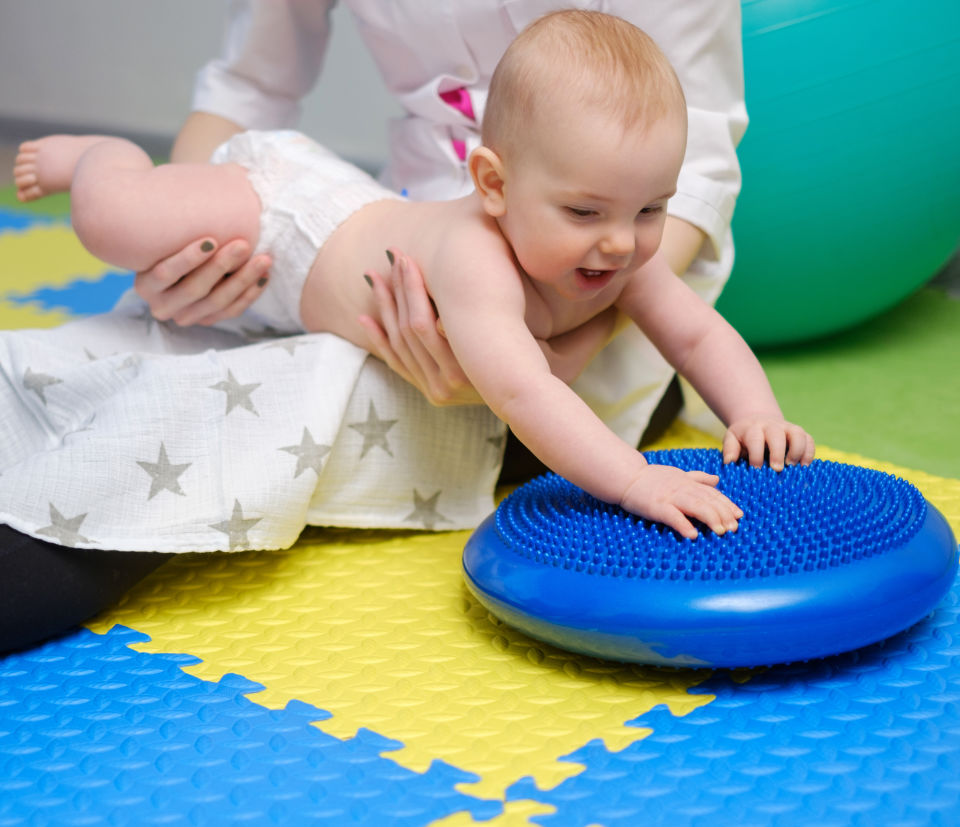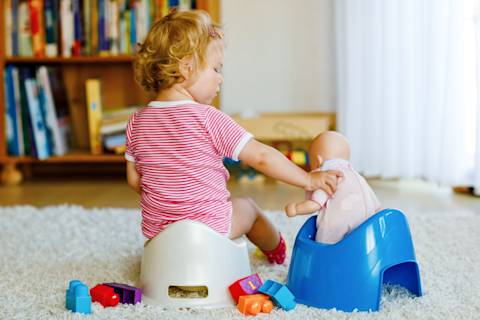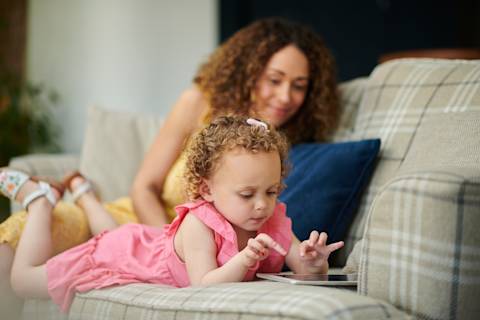Children’s sensory skills – sight, sound, touch, smell, and taste – are a critical part of their growth and development.

Children learn and take in the world around them through their senses. In fact, an important part of a young child’s development includes the growth of their sensory system, which sets the foundation for learning.
“Sensory integration” refers to processes in the brain that take in information we receive from the five senses (sight, sound, touch, smell, and taste), organize it, and respond. Young children often react and respond to sensory information in different ways. For example, when a fire truck roars by, your toddler may cover his ears because the sound is too loud. Or, when your preschooler can smell her favorite food cooking in the kitchen, she runs in and asks to have some.
Here are some supportive and easy ways to help build and support your child’s sensory skills:
Early on, encourage your child to touch and feel things made of different textures – liquids, fuzzy material, sand, and shaving cream are all great examples!
Headed somewhere with loud noises or bright lights? Give your child a few extra minutes to adjust and ease into the new environment. If your child seems overwhelmed, dim the lights if possible, or offer sunglasses and headphones to tone down the sights and sounds.
Trying new foods – or even just smelling them – is a great way to stimulate your child’s sense of taste and smell.
The power of touch can go a long way. Hugs, holding hands, and gentle back rubs are a few simple ways you can offer your child that extra sense of touch that his body needs. However, for some kids, a simple touch can overstimulate the senses. Figure out what works best for your child – or ask what she prefers.
Have you heard of a “sensory diet?” Just like balancing healthy foods on a dinner plate, this concept balances your child’s sensory needs in everyday situations. For example, if your child has a hard time sitting still, you can balance out that extra energy by asking him to do some jumping jacks. If your child covers her ears in a loud environment, offer her headphones or earplugs to help muffle the sounds.







